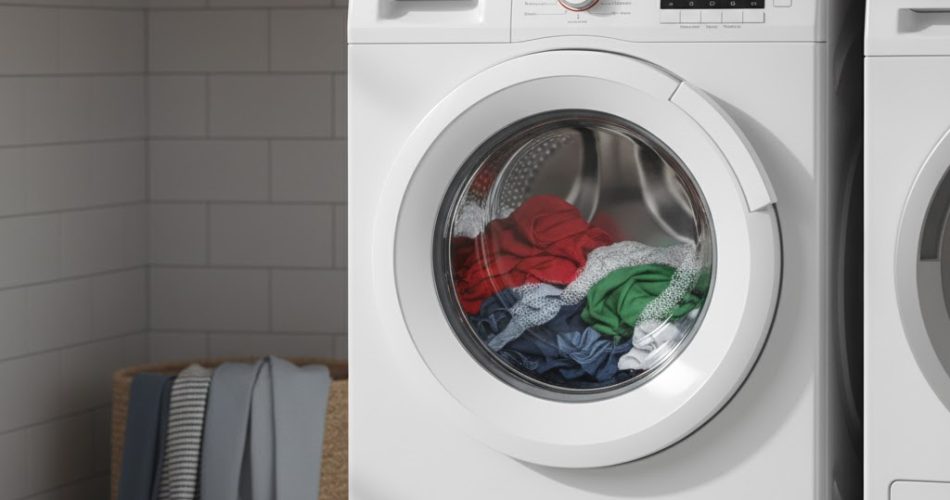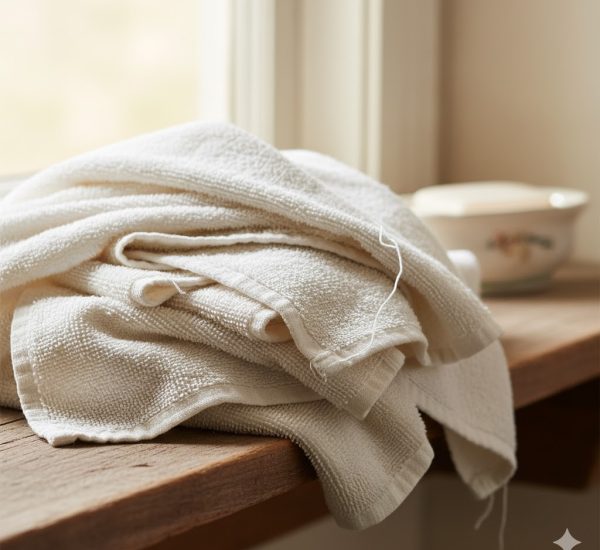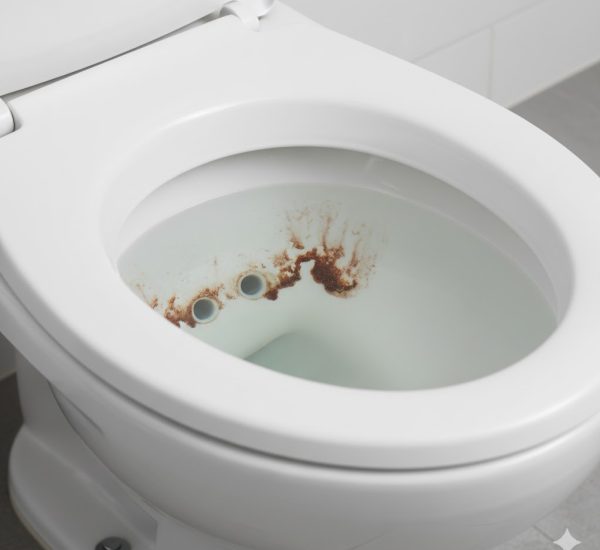The washing machine has become an indispensable appliance in modern households, saving hours of labor compared to traditional hand washing. From clothes to bedding and even delicate fabrics, this appliance promises cleanliness and hygiene by removing dirt, germs, and bacteria. However, recent studies suggest that improper use or maintenance of washing machines can actually pose health risks, turning this essential tool into a potential source of contamination.
Washing Machines: A Hidden Health Risk?
At first glance, it seems counterintuitive: a machine designed to clean fabrics could itself harbor harmful microorganisms. Yet, evidence shows that washing machines can indeed act as reservoirs and transmitters of bacteria and other pathogens. While most adults in good health may not be seriously affected, vulnerable populations such as newborns, the elderly, and immunocompromised individuals can face significant risks.
A striking example comes from a study conducted by the University of Bonn. Researchers investigated repeated incidences of bacterial infections in infants hospitalized in a pediatric ward. Despite strict hygiene protocols, children were contracting infections caused by a bacterium known for gastrointestinal and respiratory illnesses. The surprising discovery? The source of contamination was traced back to the hospital laundry room.
How Washing Machines Can Harbor Bacteria
The bacteria were found in several parts of the hospital’s washer-dryer units, including the door seals, detergent compartments, and even on the glass drum itself. The accumulation of moisture in these areas provides an ideal environment for bacteria and other microorganisms to thrive. Even when laundering items intended to be sterile for hospital use, these microbes can persist and multiply if the washing machine is not properly maintained.
While no severe infections occurred in the hospitalized infants, the issue was resolved only after replacing the contaminated machines entirely. This example highlights a critical point: washing machines are not inherently self-sanitizing. Without regular cleaning, they can become vehicles for bacteria rather than barriers against them.
Microorganisms in Domestic Washing Machines
Domestic machines are not immune to similar issues. Studies have shown that ordinary home washing machines can host a variety of microbes, some of which may be resistant to antibiotics. Common problem areas include:
-
Rubber door seals: Moisture trapped in these seals can foster bacterial growth.
-
Detergent compartments: Residual soap and fabric softener provide a nutrient-rich environment for microorganisms.
-
Drum and internal pipes: Accumulated water and leftover residues create ideal breeding grounds for bacteria and mold.
While healthy adults are usually not significantly impacted, these microbes can be harmful to those with weaker immune systems, including infants, the elderly, or anyone suffering from immune deficiencies.
Maintaining a Hygienic Washing Machine
Proper maintenance of your washing machine is crucial for ensuring both the cleanliness of your laundry and your household’s overall health. Here are key tips for keeping your machine hygienic:
-
Monthly Deep Cleaning: At least once a month, perform a thorough cleaning of the washing machine. Focus especially on the rubber seals, detergent drawer, and the drum. Residue and trapped moisture are prime areas for microbial growth.
-
Hot Water Washing: For clothes of individuals at higher risk (e.g., babies, immunocompromised family members), it is recommended to wash fabrics at a minimum temperature of 60°C (140°F). Such temperatures are effective at killing harmful bacteria and other pathogens.
-
Leave the Door Open: After each wash, leave the washing machine door ajar for several hours to allow the drum and seals to dry completely. Reducing moisture prevents bacteria and mold from multiplying inside the appliance.
-
Clean Detergent Compartments: Remove the detergent drawer regularly and wash it with hot water and mild detergent or vinegar. This prevents residue buildup that can become a breeding ground for bacteria.
-
Descale and Sanitize: Use a washing machine cleaner or a mixture of vinegar and baking soda periodically to remove limescale and neutralize odors. These substances also help to inhibit bacterial growth inside the drum and pipes.
Choosing the Right Detergent
Using the right amount and type of detergent also affects hygiene. Overusing detergent can leave residues that encourage microbial growth, while underusing may not effectively clean fabrics. Follow manufacturer guidelines carefully, and consider detergents with disinfecting properties for items requiring extra sanitation.
Additional Precautions
For households with infants, elderly members, or anyone with weakened immunity, additional steps may be advisable:
-
Separate Laundry: Wash vulnerable family members’ clothing separately to avoid cross-contamination.
-
Frequent Cleaning of Baby Laundry: Bedding, towels, and clothing for babies should be washed at high temperatures more frequently.
-
Avoid Fabric Softener Overuse: Softener residues can accumulate and reduce the effectiveness of washing machines in removing bacteria.
Conclusion
Washing machines are remarkable appliances that simplify life and maintain household hygiene, but they are not inherently germ-free. Without regular maintenance and proper washing practices, they can become breeding grounds for bacteria, potentially posing health risks, especially for vulnerable populations.
By understanding these risks and taking proactive steps—such as monthly cleaning, high-temperature washes, proper detergent use, and ensuring the drum and seals dry completely—you can safely enjoy the convenience of your washing machine while minimizing the risk of contamination.
Proper maintenance and mindful usage not only keep your clothes clean but also protect your family’s health, proving that even everyday household appliances deserve careful attention.



